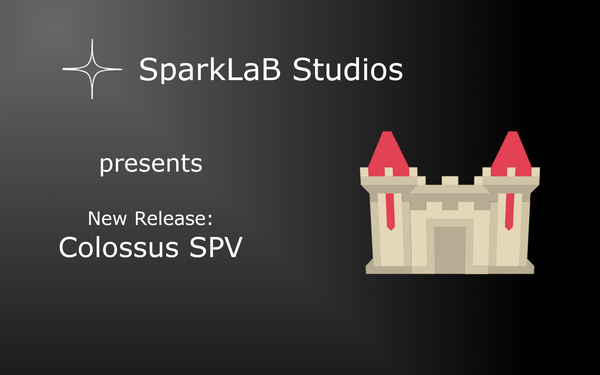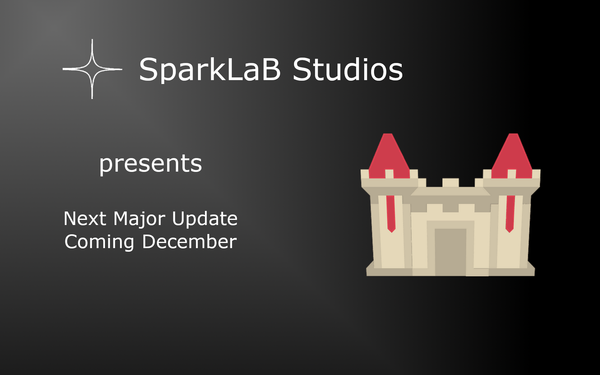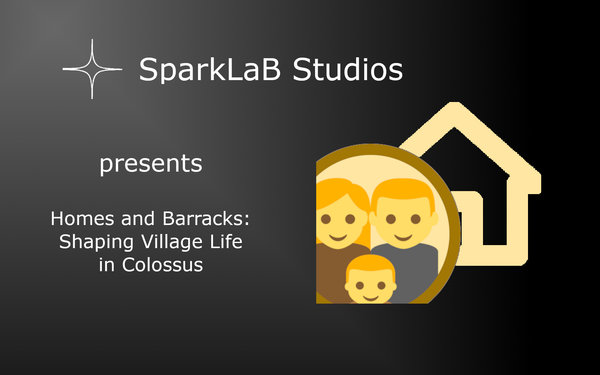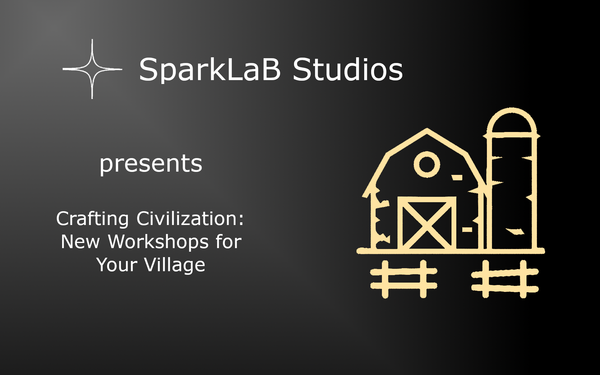Characters - From Unreal's Robots to Low-Poly Models
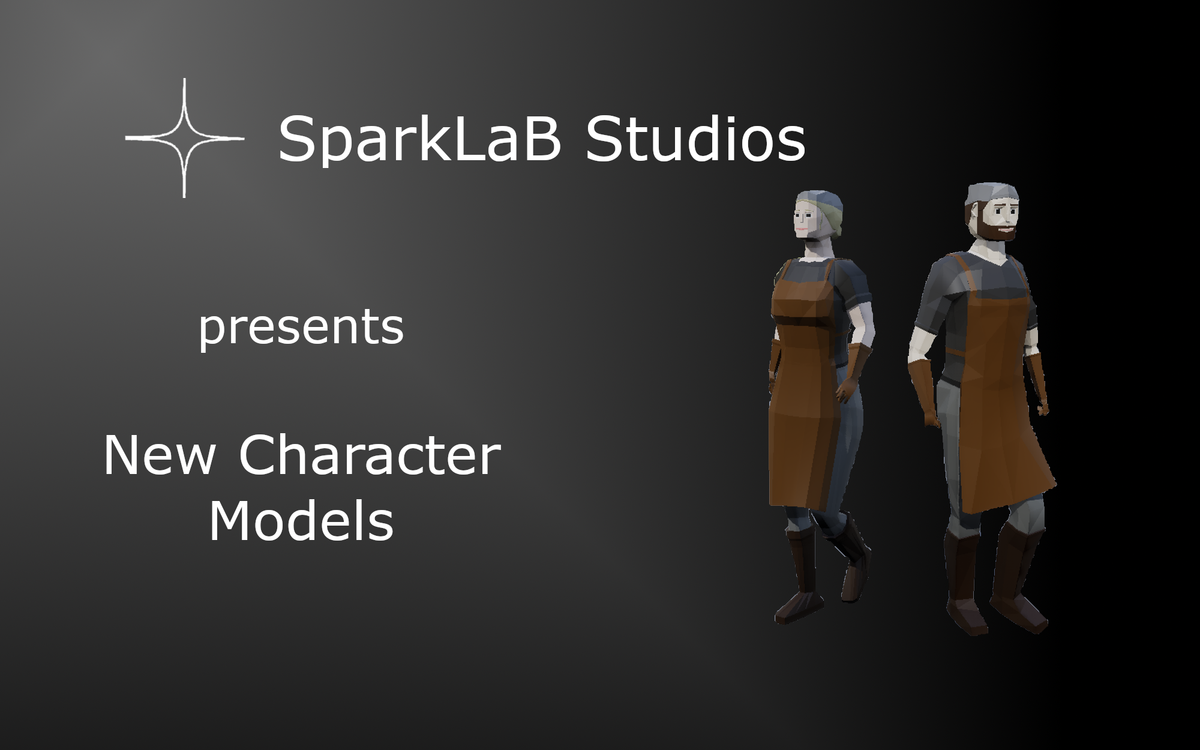
Defining the art style also entailed the long-overdue revision and creation of the characters for our villagers.
With limited experience in 3D modeling tools like Blender, this initially seemed like a significant challenge. However, without any 3D artists on the team and no financial resources to hire external help, we decided to take matters into our own hands. We taught ourselves Blender to a level where we could model functional game characters independently.
🔧 Where did we start?
We started with YouTube tutorials and after 5 different attempts we had a starting point that we were happy with. Our Villagers are fundamentally different in terms of gender. This means that we needed two basic models, one female and one male. From the two basic models, we then created a separate character for each profession. This means for example, that the blacksmith was modelled as both a man and a woman, starting from the certain base model.
🎨 Avoiding Uniformity – Introducing Visual Variety
Early in the process, we recognized that using the same model with identical colors quickly made the game feel flat and visually repetitive. Since hand-painting textures for each model wasn’t feasible, we implemented a more efficient solution: leveraging texture groups within the 3D models.
These groups allowed us to dynamically assign and control colors – such as skin tone, eye color, hair color, and clothing – directly within Unreal Engine. This system lets us create visual diversity among villagers, even when they share the same underlying model.
Each villager’s appearance (skin, hair, and eye color) is defined at birth (or spawn), stored, and automatically reapplied to the character model. This ensures visual consistency and identity across different professions throughout the game. For example, the blacksmith has the same basic model for female and male Villagers, but can look different due to different colours in the texture groups, which provides variety in the game and makes each Villager unique.
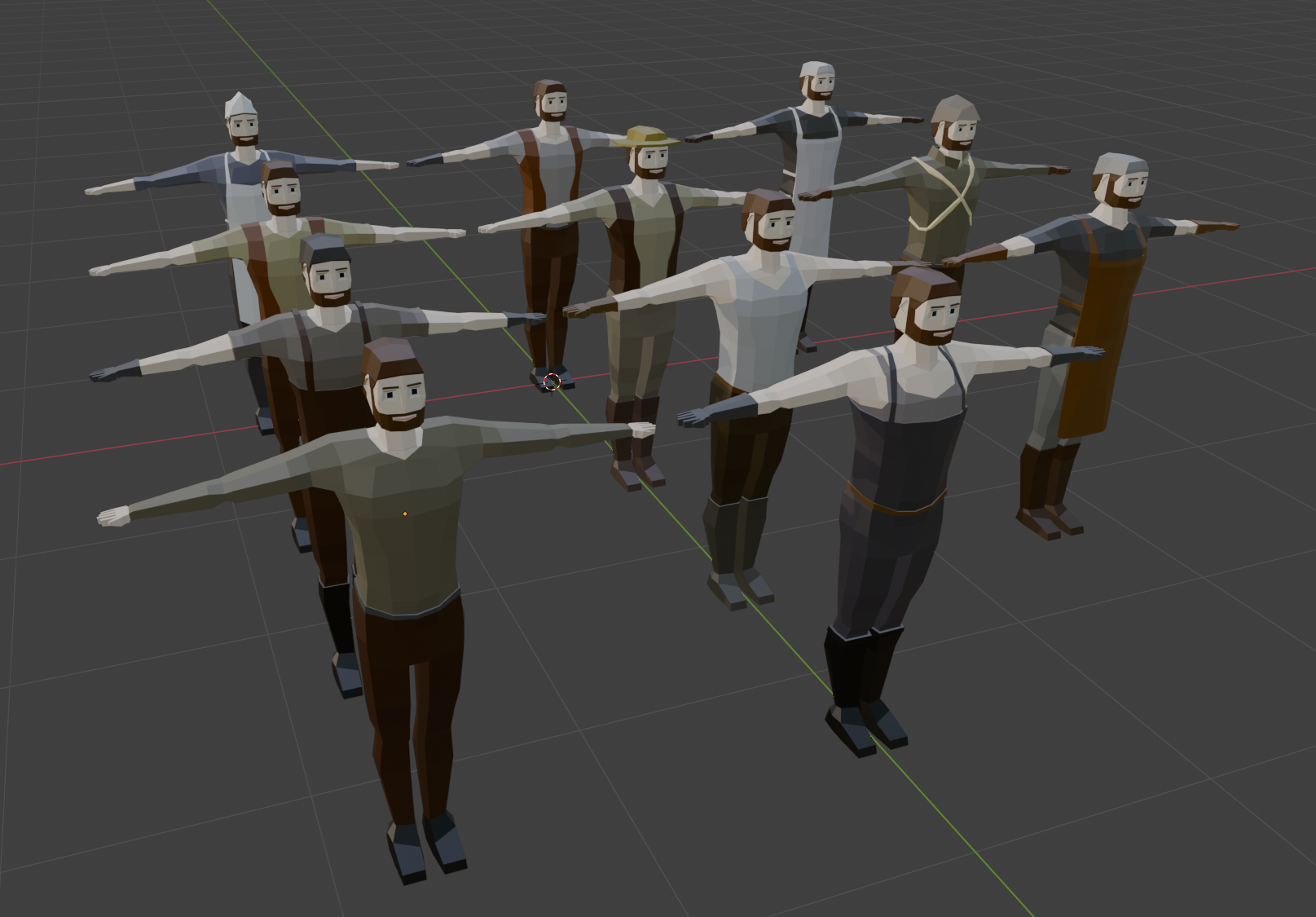
However, we had more modelling work to do with the female characters, as we wanted to create two different hairstyles. These hairstyles are specific to each occupational group. This means that occupational groups that wear headgear all have the same hairstyle.By modelling from a basic model, we were able to model the various occupational groups relatively quickly.
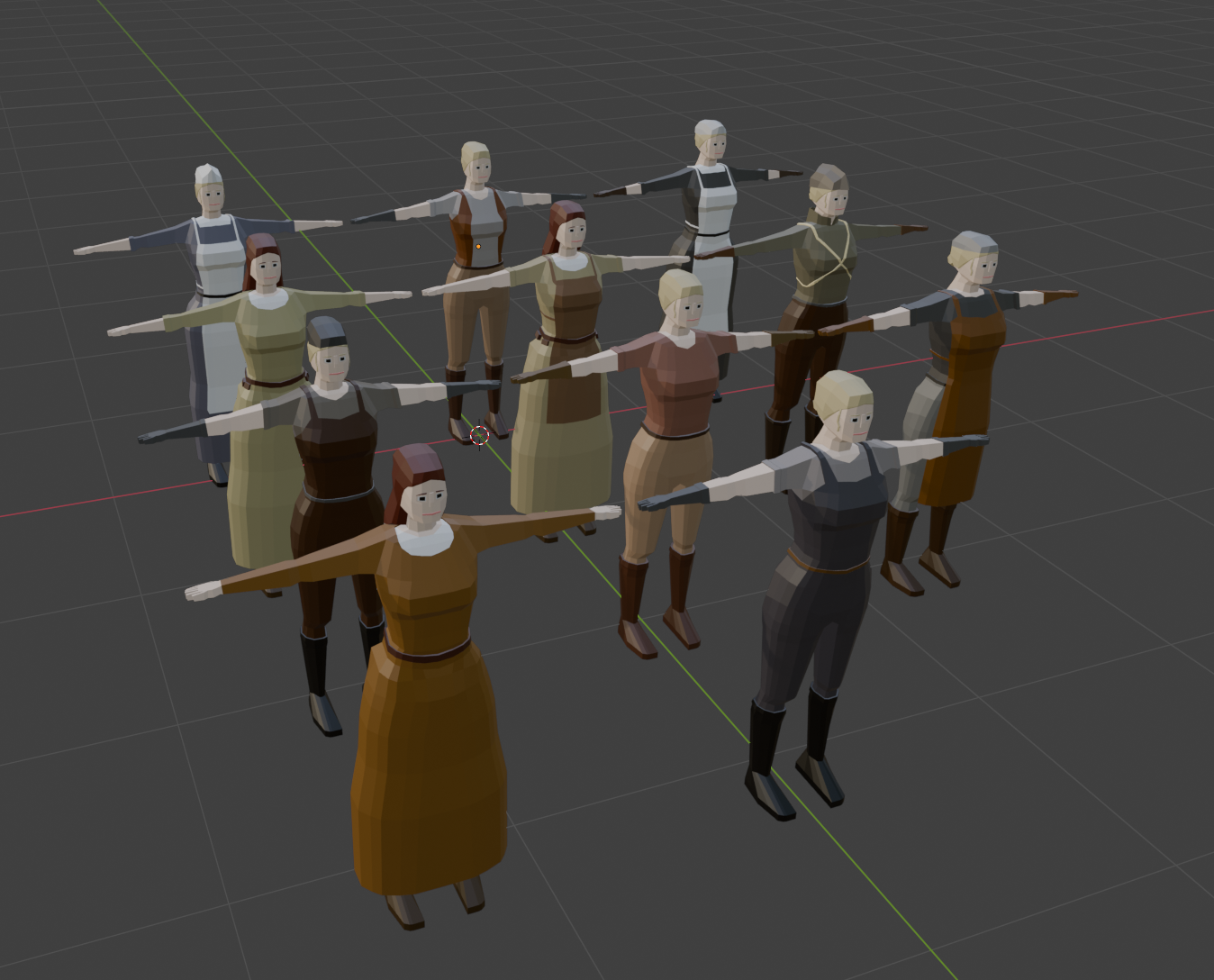
The models for the children were also completed quickly, as they were sculpted from the female and male base models.
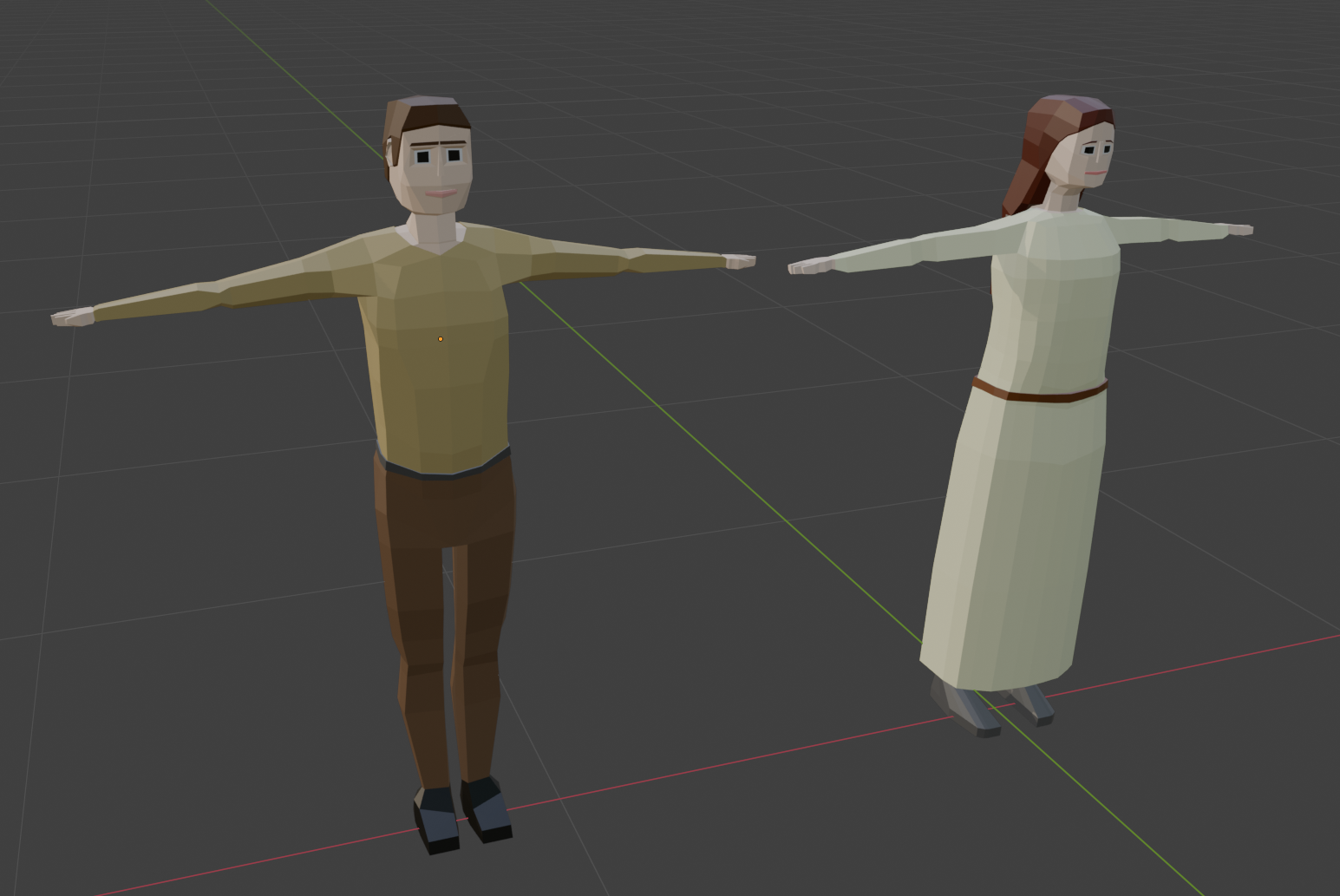
🧰 Two Months of Development – From Modeling to Integration
After approximately two months, all character models were completed, rigged, and animated. We used the following tools in our workflow:
- Modeling: Blender
- Rigging & Basic Animations: Mixamo
- Integration: Unreal Engine
The result is a flexible and scalable character system that provides both variety and continuity – without the need for a dedicated 3D art team.

